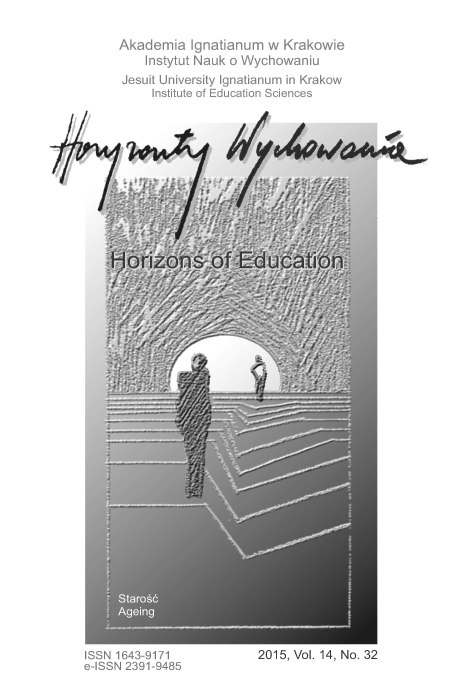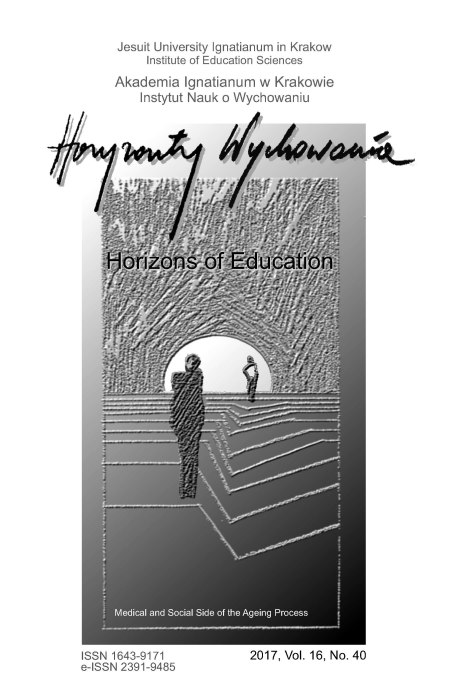Author(s): Ewa Kucharska / Language(s): English
Issue: 40/2017
RESEARCH OBJECTIVE: The aim of this review is to present a broader scope on osteoporosis – both as a medical problem and as a major social burden. THE RESEARCH PROBLEM AND METHODS: Osteoporosis is a systemic skeletal disease, characterized by low bone mass, leading to increased bone fragility and fractures. It does not only lead to major medical expenses, lower health-related quality-of-life but also strains the population with significant social burden. As modern science is intensively exploring the problem of osteoporosis, new research articles expanding our knowledge on this disease come out weekly. This growing body of research calls for an up-to-date review of the existing state of knowledge on osteoporosis. THE PROCESS OF ARGUMENTATION: This manuscript presents and overview on osteoporosis and associated problems such as fractures in the following order (1) Etiology and pathogenesis of osteoporosis, (2) Osteoporosis risk factors, (3) Epidemiology of osteoporosis, (4) Aging of the Polish population, (5) Clinical consequences of osteoporosis, (6) Criteria of the World Health Organization (WHO) for Caucasian women after menopause, (7) Morbidity and mortality associated with osteoporotic fractures, (8) Risk factors related to the collapse of the condition of osteoporotic patients, (9) Bone fragility and falls, (10) Recognizing osteoporosis, (11) Prevention and treatment of osteoporosis, (12) Cost of treating fractures, (13) Fracture liaison service, (14) Senior care, (15) Purpose of modern geriatrics, (16) osteoporosis, elderly, fractures, social inequalities inequalities and osteoporosis. RESEARCH RESULTS: The two major determinants of risk in the development of osteoporosis are peak bone mass and rate of bone loss. These two determinants are influenced by a number of genetic (non-modifiable) and environmental (partly modifiable, and modifiable) factors. Osteoporosis is becoming increasingly prevalent wi osteoporosis, elderly, fractures, social inequalities the aging of the world population. Worldwide, more than 200 million people are suffering from osteoporosis, and 1 in 2 women and 1 in 4 men over 50 will have an osteoporosis-related fracture in their lifetime. About 5% of falls result in fractures, half of which are proximal femur fractures. Out of all falls leading to fractures, 10-25% result in injury or requirement of specialized medical care. Falls are one of the main causes of disability and the fifth most common cause of death in people over 75 years of age. CONCLUSIONS, INNOVATIONS AND RECOMMENDATIONS: This review provides a concise overview om osteoporosis as a linked medical and social problem. It also identified a number of knowledge gaps necessary to fill in order to progress our knowledge on osteoporosis diagnosis, prevention and treatment. Understanding patients’ preferences and needs will allow to align them with appropriate service models which are likely to optimize patient outcomes.
More...















